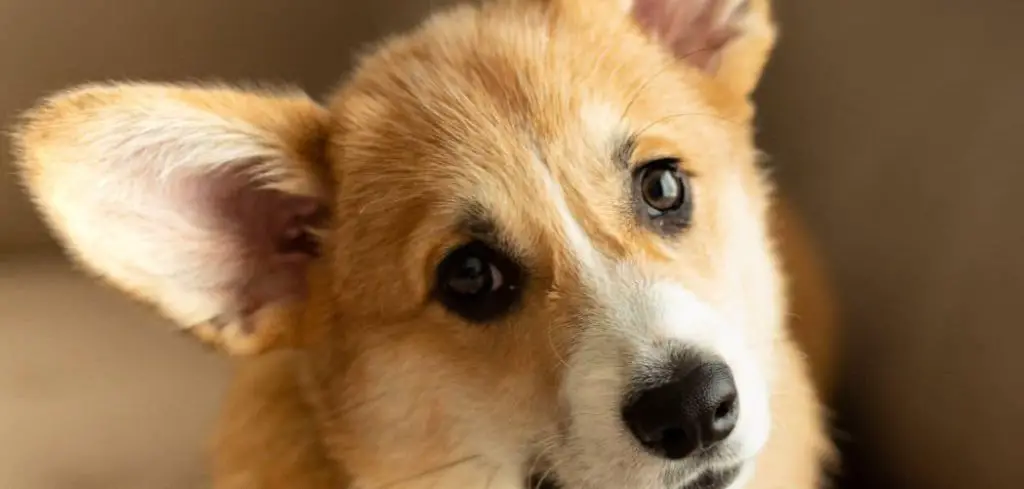It can be alarming to notice mucus in a dog’s poop after a change in diet. A dog’s digestive system is sensitive, and even small dietary adjustments can trigger visible changes in stool.
We outline the common causes of mucus in a dog’s poop after changing food, what you can do at home, and when to seek veterinary help.
Mucus in Dog Poop After Changing Food — Why It Happens
Mucus in dog poop after changing food often results from digestive upset or irritation of the intestines. When a dog’s diet shifts too quickly, the gut flora can be disrupted, leading to excess mucus production.
Food intolerances, sensitivities to new ingredients, or an imbalance in fiber can also play a role.
In some cases, underlying gastrointestinal conditions may be unmasked by a diet change, making the mucus more noticeable.

Mucus in Dog Poop After Changing Food: Common Causes
Sudden Diet Change
Dogs need time to adjust to new foods. Switching from one brand or formula to another too quickly can overwhelm the digestive system.
The intestines may respond with irritation, producing mucus to protect the lining. Pet owners might notice soft stools, mild diarrhea, or traces of jelly-like mucus.
This reaction usually improves once the dog’s gut adapts, but persistent symptoms may mean the food is not agreeing with the dog.
Read more: Mucus in Dog Poop After Deworming (What’s normal and what’s not)
Food Intolerance
A dog may not tolerate certain proteins, grains, or additives in the new diet.
This intolerance leads to inflammation in the gut and an increase in mucus production. Signs can include frequent loose stools, flatulence, and occasional vomiting alongside the mucus.
Food intolerances are not life-threatening, but they can cause discomfort and chronic irritation if not addressed.
Fiber Imbalance
A sudden increase or decrease in fiber can change stool consistency and mucus levels. Some high-fiber diets cause the colon to produce more mucus as it processes extra bulk.
Conversely, diets too low in fiber can lead to straining and protective mucus production.
Balanced fiber levels are key to healthy digestion, and abrupt dietary shifts can disrupt that balance.
Bacterial Imbalance (Gut Flora Disruption)
A new food can alter the balance of healthy bacteria in the gut. If harmful bacteria take over, the colon may become inflamed, producing excess mucus.
This imbalance may also cause bloating, foul-smelling stools, and occasional blood streaks.
Dogs with weaker immune systems or sensitive stomachs are more prone to bacterial disruptions after dietary changes.
Underlying Gastrointestinal Disease
Sometimes, a change in diet doesn’t cause the problem but highlights an existing issue.
Dogs with inflammatory bowel disease, colitis, or parasites may show mucus in their stool more prominently after a food change.
The new diet may irritate the already-inflamed digestive system, worsening symptoms.
This is particularly concerning if mucus is accompanied by chronic diarrhea, weight loss, or blood in the stool.
What to Do If Your Dog Has Mucus in Poop After Changing Food
If you recently switched your dog’s food and notice mucus, consider how the transition was made.
Gradually mixing old and new food over 7–10 days helps the digestive system adjust. If the switch was sudden, returning temporarily to the old food may ease symptoms.
Offer plenty of fresh water to support hydration, especially if stools are loose. Bland diets such as boiled chicken and rice can give the gut a rest while you decide whether the new food is suitable.
Probiotics may help restore healthy gut bacteria, reducing mucus and improving stool quality. You can find dog-specific probiotic supplements or choose foods with added probiotics.
Monitor your dog closely. If the mucus resolves within a few days and stools firm up, the issue was likely mild digestive upset. But if symptoms persist, it may signal food intolerance or a more serious condition.
When to Call or Visit Your Vet
Seek veterinary attention if the mucus continues for more than a few days after switching foods, especially if it worsens. Bloody mucus, severe diarrhea, or repeated vomiting are signs of more significant digestive problems.
Puppies, senior dogs, or dogs with preexisting health conditions should be monitored closely. Their immune systems may not handle digestive disturbances well, putting them at higher risk of dehydration or weight loss.
Weight loss, lethargy, or a sudden refusal to eat alongside mucus are red flags that require prompt veterinary care. These could point to conditions beyond a simple dietary adjustment.
Read more: Mucus in Dog Poop Like Jelly with Blood (Here’s what it means)
Key Takeaway
Mucus in dog poop after changing food is usually a sign of digestive adjustment, but it can also reveal food intolerances, fiber imbalances, or underlying gastrointestinal issues.
Transitioning foods gradually, supporting gut health with probiotics, and monitoring for red flag symptoms can make a big difference.
If mucus persists, worsens, or is accompanied by other concerning symptoms, contacting your vet is the best step. With patience and the right diet, most dogs recover quickly and comfortably.
